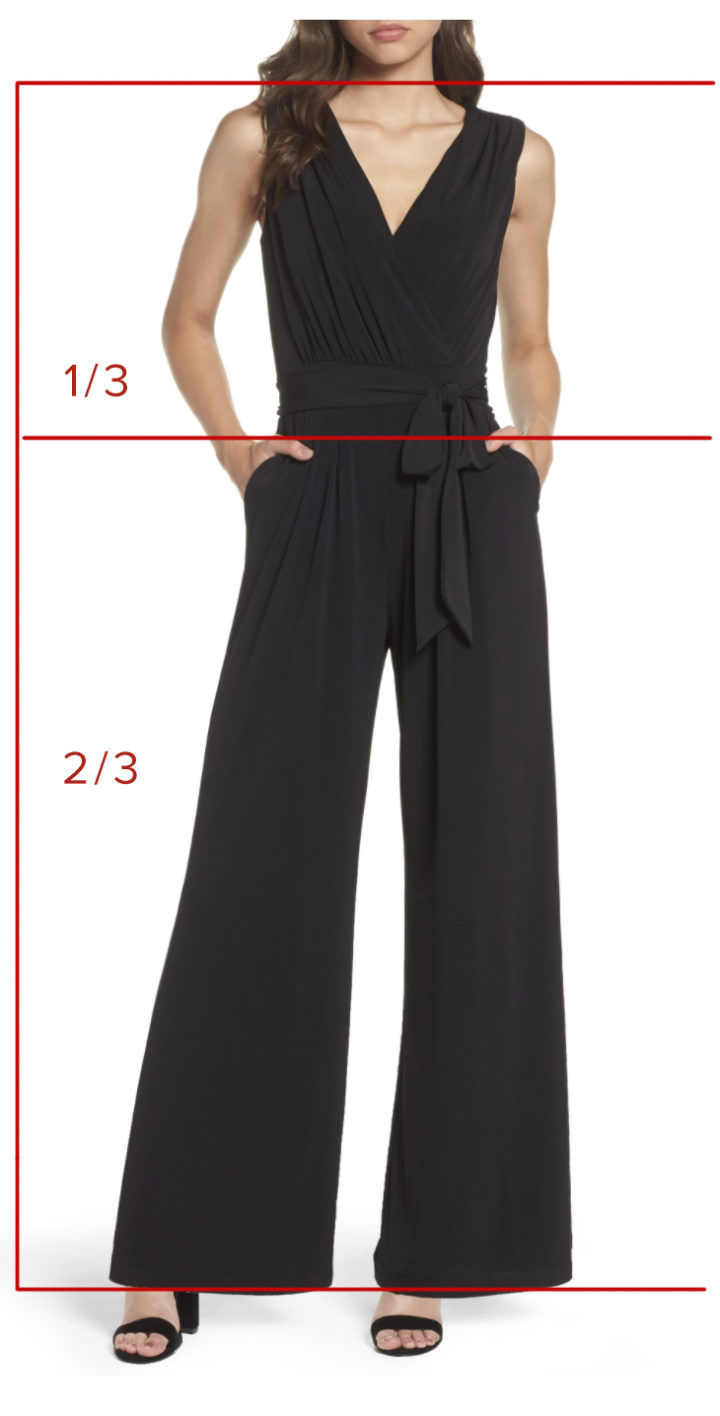Lesson: Understanding basic clothing design
The Importance of Proportion in Fashion
Two key areas of the body that determine size ratio in fashion are the upper body and the lower body. Understanding how proportions work can help create visually appealing outfits and enhance different body types.
The Rule of Thirds

This concept originates from architecture, as Coco Chanel once famously said, “Fashion is architecture; it is a matter of proportions.”
A perfectly balanced one-to-one ratio can be predictable and uninteresting, whereas unbalanced proportions create visual intrigue. The most aesthetically pleasing division is the 1/3 to 2/3 ratio, which is also known as the Golden Ratio in artistic and design circles.
Body Shapes and Proportions
Triangle Shape: Narrow shoulders with wider hips.
Rectangle Shape: Shoulders, waist, and hips are of the same width.
The Illusion of Lines in Clothing

Lines and patterns in clothing play a crucial role in creating optical illusions that enhance or alter body proportions:
Vertical Lines: Lead the eyes up and down, making the wearer appear taller and slimmer (e.g., pinstripe suits).
Horizontal Lines: Lead the eyes side to side, emphasizing width rather than height. A chubby person may want to avoid horizontal stripes.
Stretchy Knit Fabric: Wraps around the body, emphasizing natural body contours.
Bell Shape: Uses both horizontal and diagonal lines to create an hourglass illusion.
Space in Design: Influences the visual effects of the garment.
Balance in Fashion
There are two types of balance in clothing design:
Symmetrical Balance: Creates a structured, formal, and tailored appearance.
Asymmetrical Balance: Adds uniqueness and visual interest to a design.
Understanding Proportion in Clothing
Proportion describes how different parts of a garment relate to each other and to the whole outfit in terms of size. Since every body type is unique, personal size should be considered when choosing styles. Some fashion choices may not suit all body types.
Emphasis in Fashion
Emphasis refers to what catches the eye in an outfit. This could be a bold color, an intricate design, or a statement piece that makes an outfit look more interesting and unique.
Rhythm in Fashion Design
Rhythm in design contributes to the movement and flow of clothing. There are three main types of rhythm in fashion:
Repetition: Patterns, such as repeated stripes or prints.
Radiation: Lines or patterns that originate from a central point (e.g., sunrays spreading outward).
Gradation: Gradual changes in pattern, size, or color (e.g., fading from dark to light or progressively smaller design elements).
By understanding these design principles, you can make informed fashion choices that enhance your personal style while achieving balance, proportion, and visual harmony in clothing.